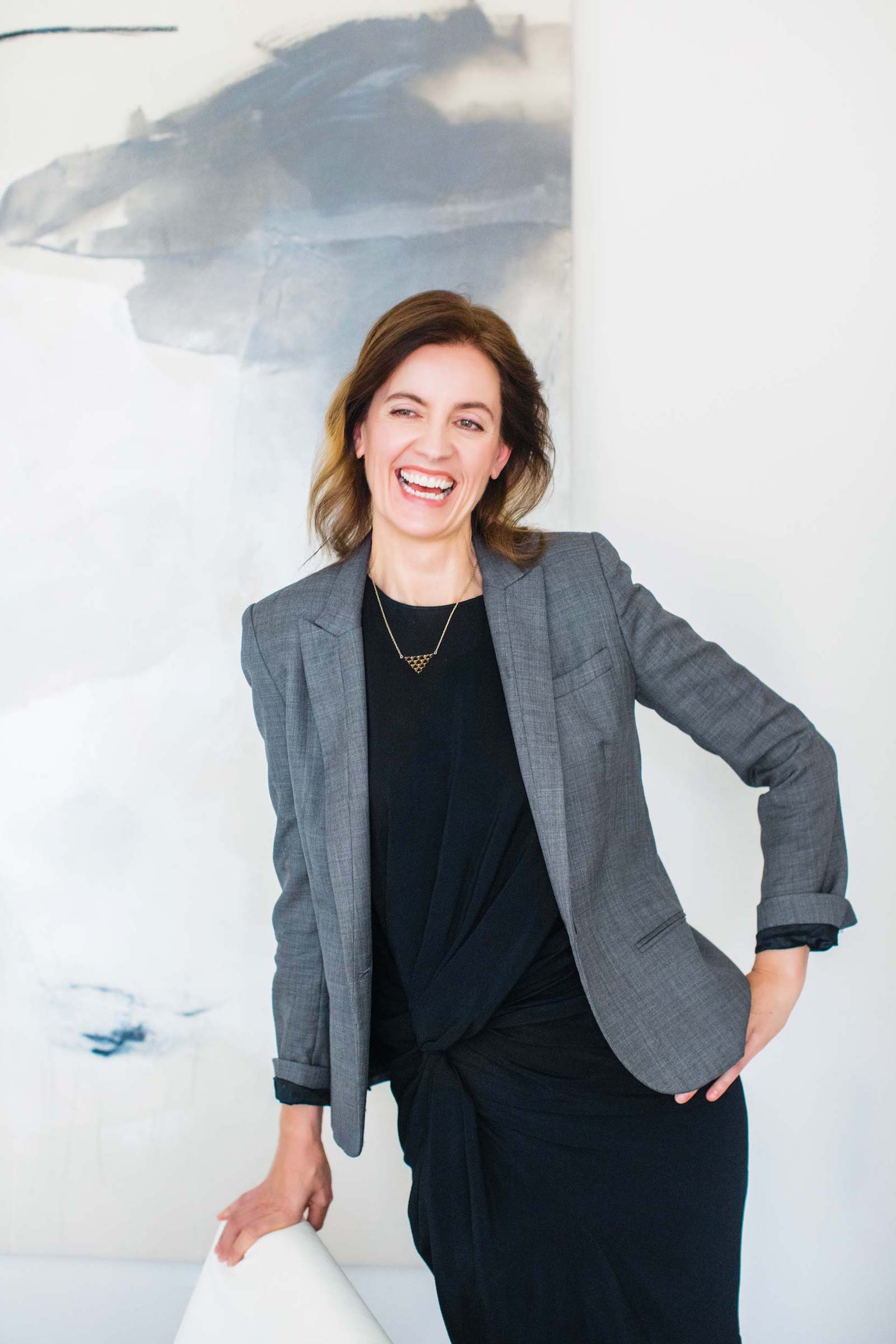
Rebecca Wilson is Chief Curator and VP, Art Advisory at Saatchi Art. She was formerly a Director at the Saatchi Gallery, London, where she was instrumental in the launch of the gallery’s online presence. In 2007, she created New Sensations, a prize for art students which identifies and supports the most exciting emerging artists in the UK. Prior to joining the Saatchi Gallery, Rebecca worked for 14 years in book and art magazine publishing: she was editor of ArtReview, and before that deputy editor of Modern Painters. She has nearly 2 decades of experience working with emerging artists.
Just like the media, entertainment, political, and technology industries, the art world of 2020 is undergoing a massive transformation as it strives to be a more welcoming, inclusive place for people who have traditionally been excluded from it. Women have benefitted from this evolution, earning greater recognition for their artistic contributions and more respect from audiences and curators alike. Despite the positive momentum, however, the gap between the vision and the reality remains significant.
While women artists have gained greater exposure in recent years, they continue to struggle for equal representation. According to the National Endowment for the Arts, nearly half of visual artists in the U.S. are women, but they make up just 30% of artists represented by U.S. galleries. The National Museum of Women in the Arts also found that women artists earn 26% less than their male counterparts. And museums aren’t exempt either; only 11% of all acquisitions and 14% of exhibitions at 26 prominent American institutions over the past decade were of work by female artists.
In a field that places so much value on individual merit and expression, problems of inequality stand out. Collectors look at auction or gallery sales history to validate an artwork’s price. So if a female artist lacks that history, it is difficult to defend the value of her work. This creates a self-perpetuating cycle of valuing gender over talent that has, until recently, proven difficult to address. Thanks to broader changes in the art world, that may not be the case for much longer.
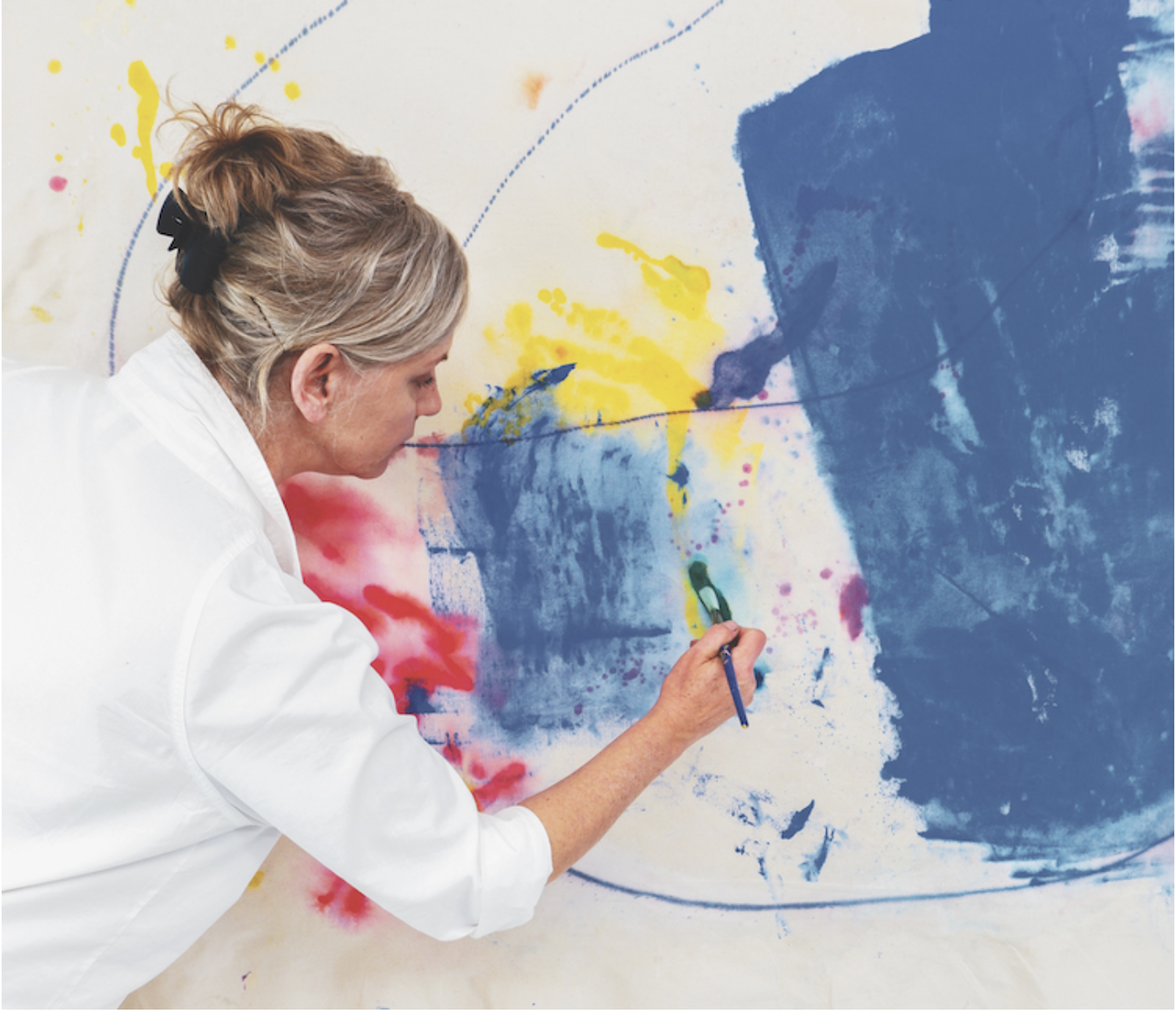
A New Look for the Art World
Over the last decade, the art world has taken steps to address this disparity for its female artists. In particular, a new kind of gallery found online is spearheading unique opportunities for women artists looking to further their name and the reach of their portfolio.
Online art galleries are uniquely positioned to provide women with an equal platform to share art with the global community. At Saatchi Art for example, 54% of our best-selling artists are women, meaning that in 10 years, an online gallery has been able to reach an average gender parity, something unheard of in the brick-and-mortar space.
The growing success of women in online galleries debunks the arguments from brick-and-mortar counterparts that male artists sell better. On an equal playing field such as the one that online spaces provide, women find success just as readily as men — and even traditional institutions like the Baltimore Museum of Art have started to take a stand to correct this inequity: they will only obtain art made by women in 2020.
Fairer representation in brick-and-mortar organizations is a good start, but by no means will a simple rebalance correct the systemic issues beneath the surface.
Consider the following changes that can be made in order to achieve our goal of gender equality in the art world:
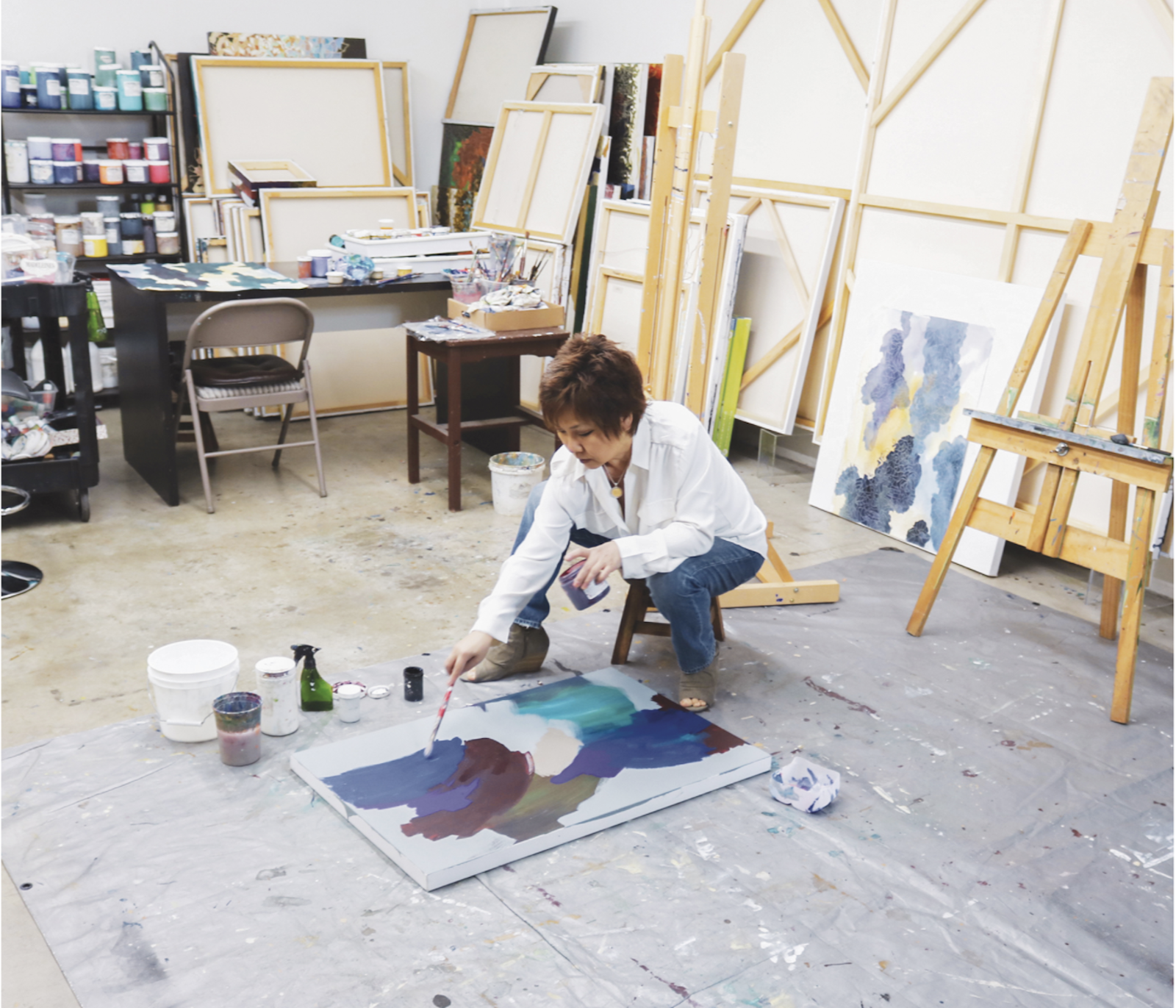
- More Women in Art Leadership Roles
While women make up a majority of professional art museum staff, they remain underrepresented in senior positions, according to a 2018 Art Museum Staff Demographic Survey. The survey found women lag behind men not only in leadership positions but in salaries as well. Women hold only 30% of leadership positions and earn 75 cents for every dollar earned by their male counterparts at museums with budgets over $15 million.
Not only do female leaders in the art world bring different perspectives and experiences, but it can also be good for the bottom line. A study of Fortune 500 companies with three or more women on the board outperformed other companies with 53% more returns on equities, 42% return on sales, and 66% more return on invested capital. The art world should follow the lead of the private sector, which while still has much room for growth, has made great strides in its inclusion of women in leadership roles.
For the art world to move forward, women must be seen and heard, and that starts with more women in positions of leadership.
- Curators Recognizing Past Failures
The price share at an auction of works made by women in the last decade was a paltry 2%. While this metric demonstrates how significant the barriers are for women in the traditional art market, curators may hold the key to changing this. For the last 10 years, I have looked at over 1,500 new artworks a day as I work to curate collections and recommend works for my art advisory clients. I consciously strive to feature as diverse a selection of high-quality work as possible—by artists of different genders and races, from a vast array of countries, and who are working in a range of different mediums and styles.
By recognizing the work of talented artists who have not been able to overcome the barriers of the traditional gallery scene, curators can help rebalance the art world from the top down. Building an inclusive online gallery that supports talent over gender is integral to moving the art world forward.
- Normalized Global Access
Traditional galleries struggle to empower artists from around the world because brick-and-mortar institutions cannot maintain an equal presence in different locations at one time. Online galleries, on the other hand, enable artists in far-flung places to sell to collectors around the planet. Last year alone we sold works by artists in over 100 countries to collectors in over 80 countries and 50% were women— something unimaginable if we weren’t working in the digital space. This more democratic model benefits those who have been traditionally underrepresented, including women, by allowing for a larger pool of talented artists to gain visibility and recognition.
- Galleries Reflecting Reality
There is no shortage of outstanding work being made by brilliant women artists—and their works sell as well as any male artist. Women must achieve equal representation in museums and galleries, and those exhibitions must garner as much coverage as shows by their male counterparts do. Everyone from curators to collectors should work to ensure that the art world better reflects the society in which we live.
We are making progress towards creating an art world that is a more welcoming, transparent, and inclusive place. Though that progress may seem slow at times, new avenues of access like online galleries and artist-led fairs provide much-needed boosts for the underrepresented. Achieving gender parity among artists and equal visibility for underrepresented groups, including artists of color and those from non-traditional markets, will ensure a more equitable and exciting art world for all.
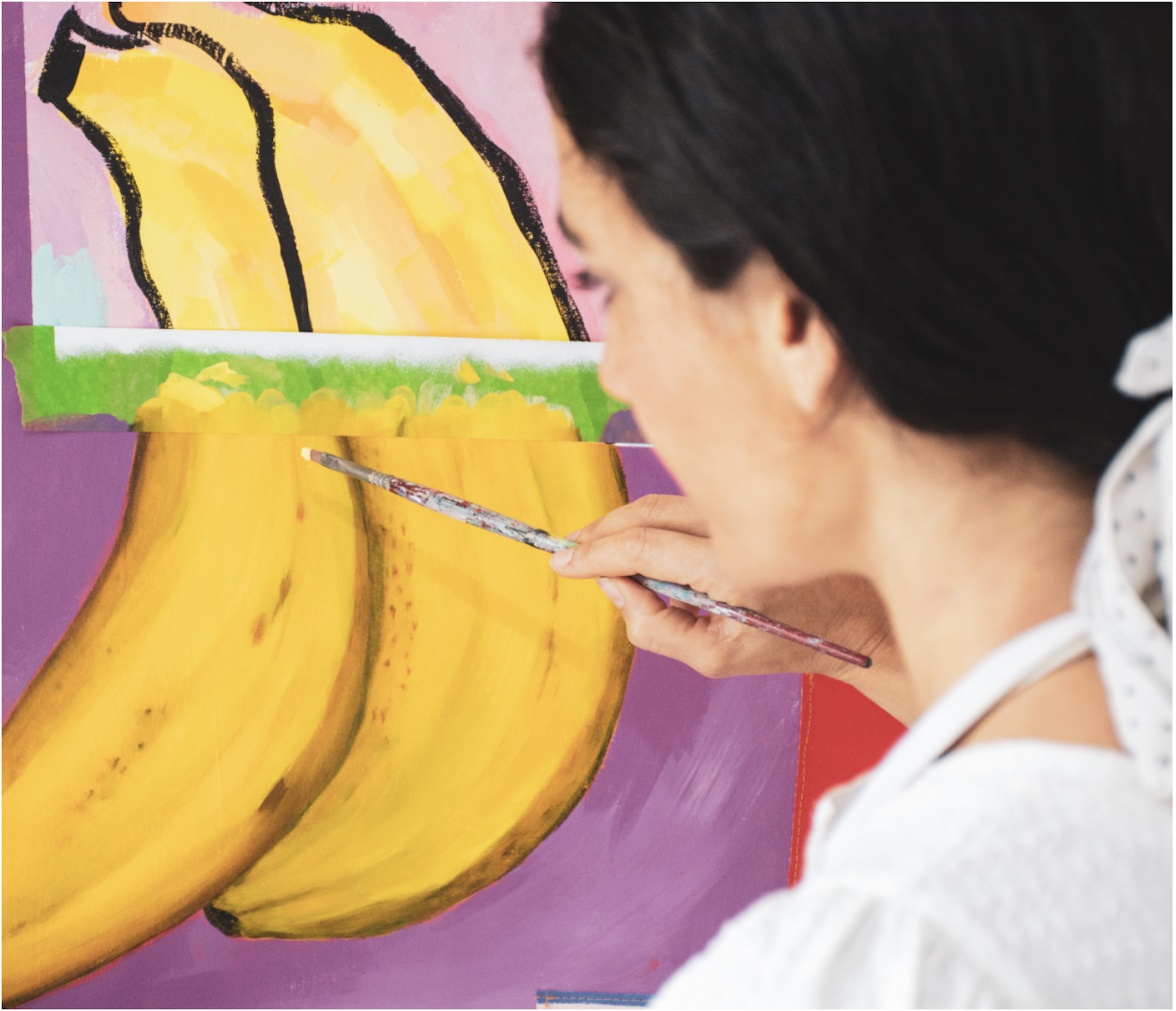
10 Women Artists To Watch In 2020
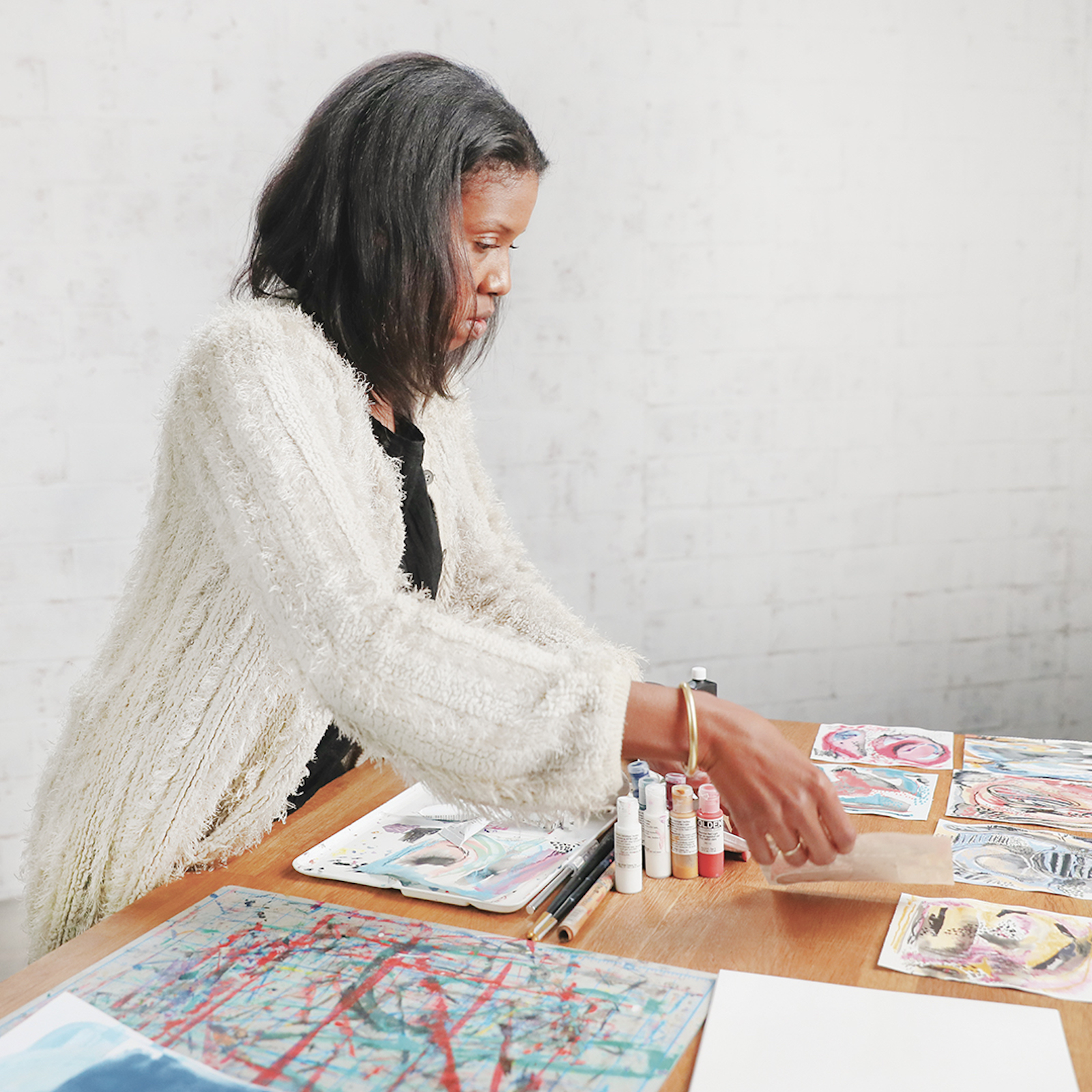
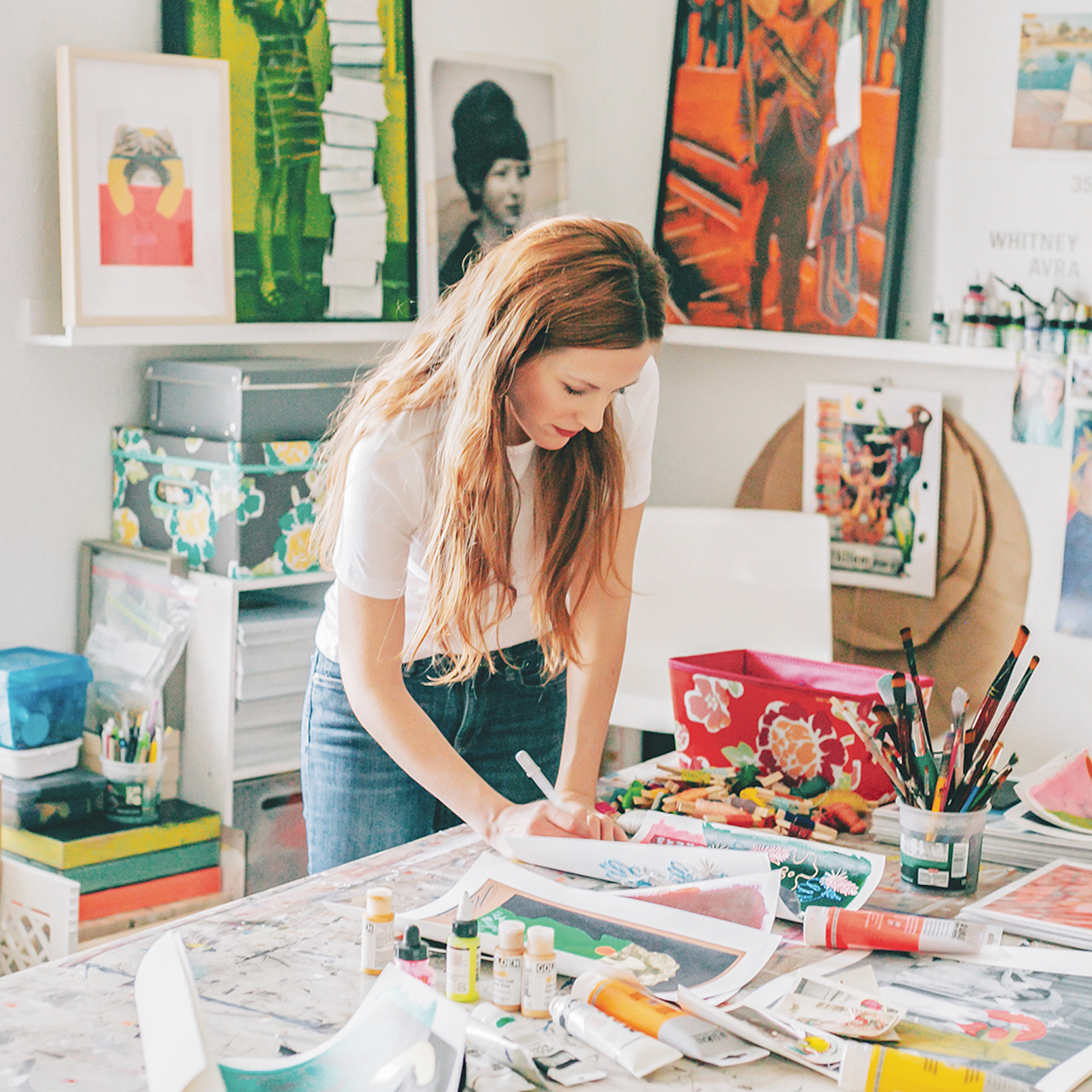
Whitney Avra
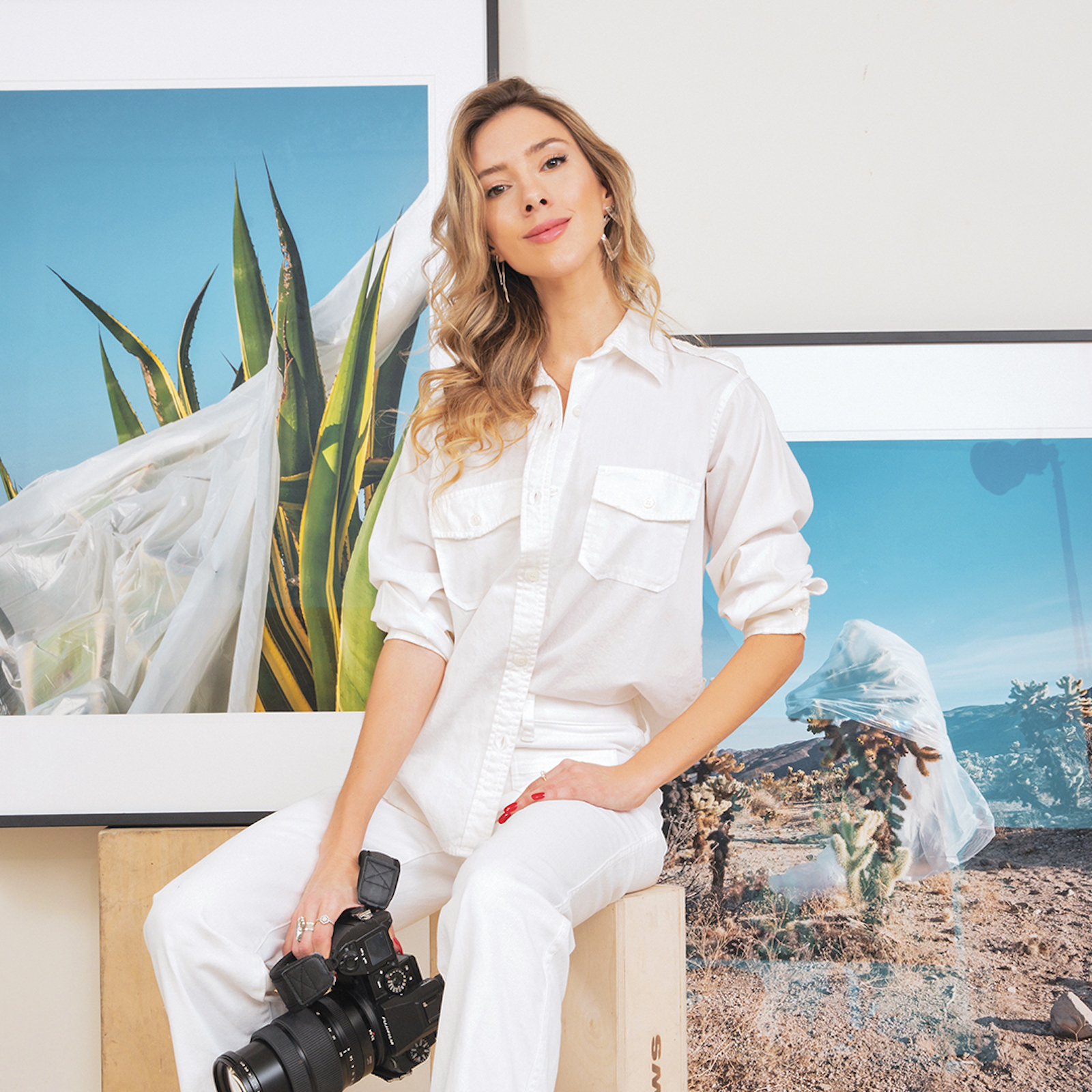
Felicidad De Lucas
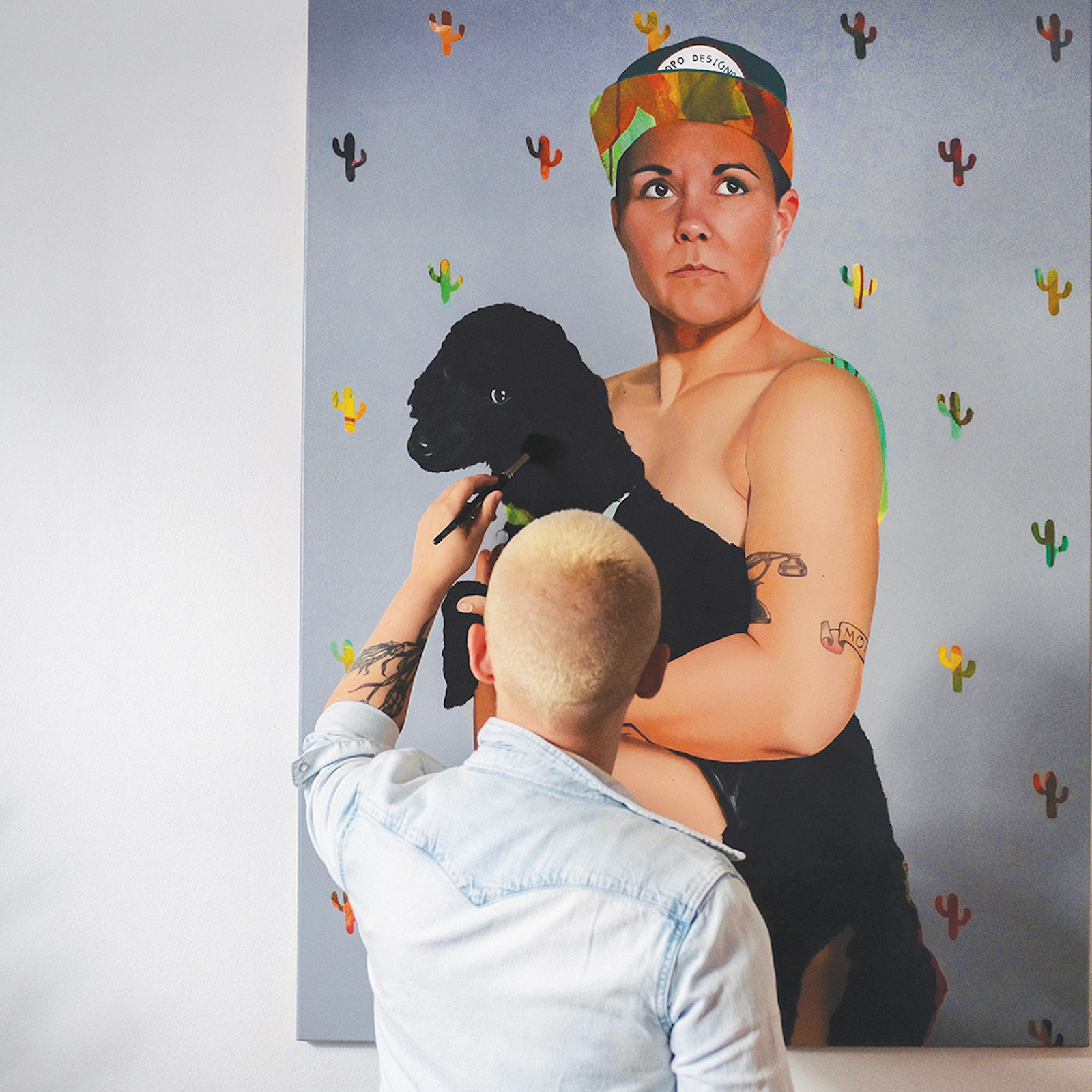
Kim Leutwyler
Peggy Lee
Simple-T
Jill Lear
Ewelina Skowronska
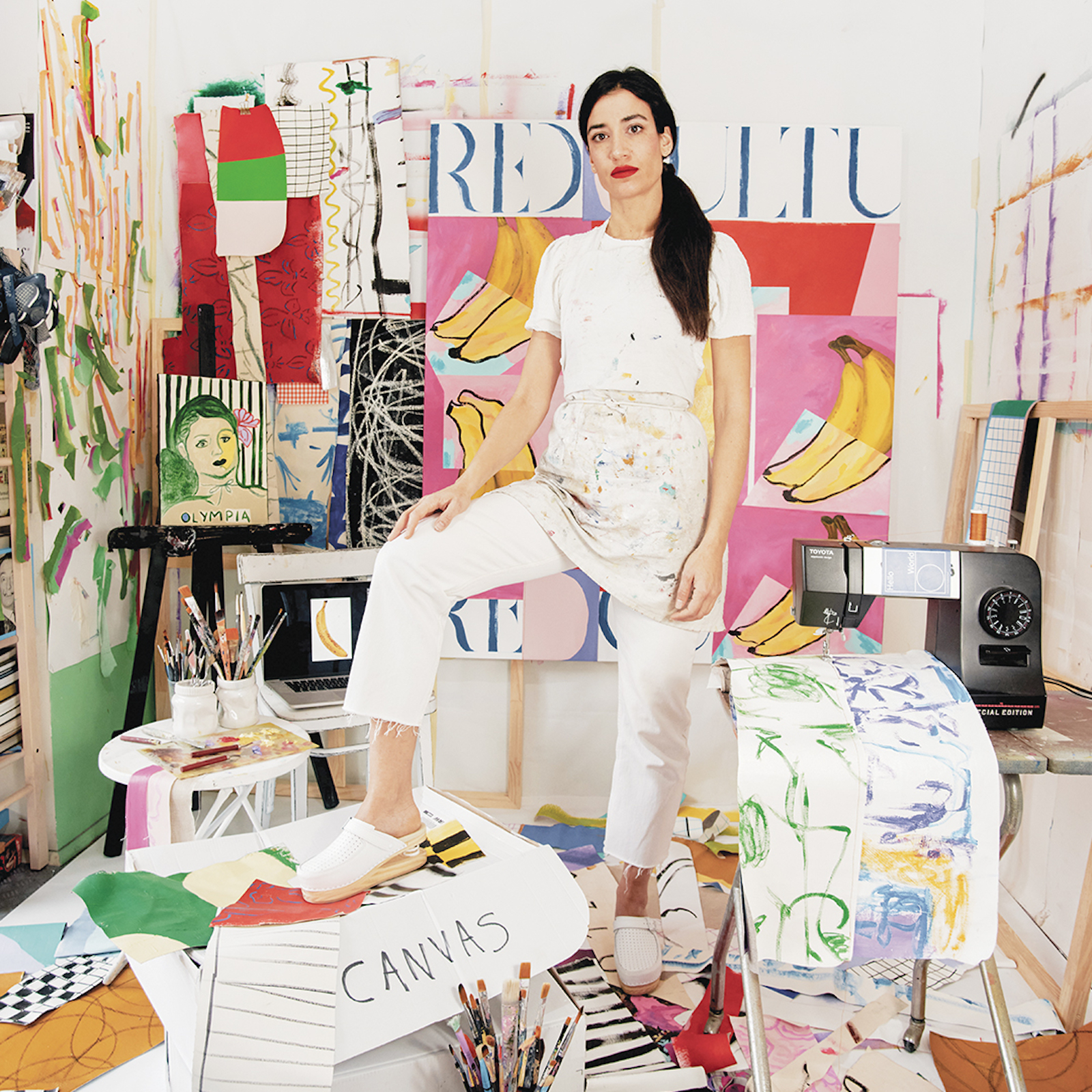
Nadia Jaber
CONNECT WITH SAATCHI ART:
FACEBOOK // TWITTER // INSTAGRAM
